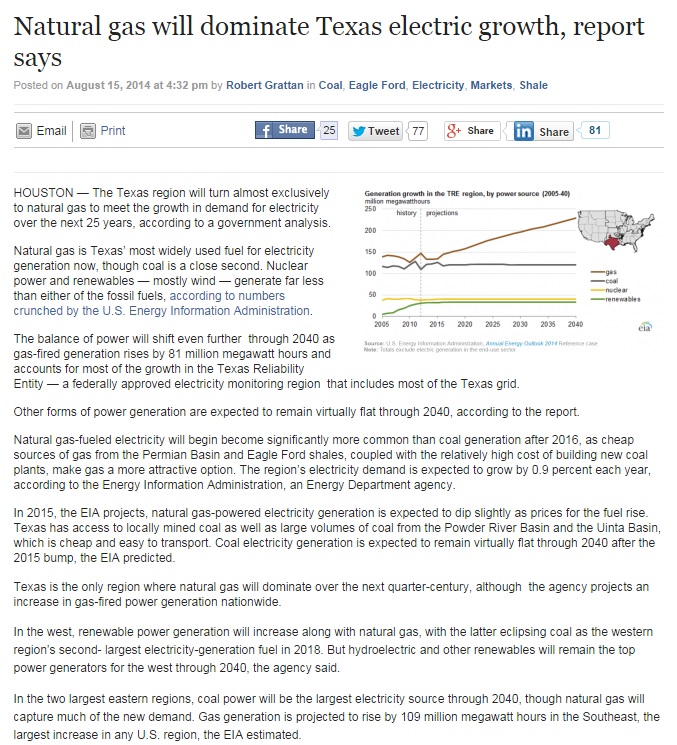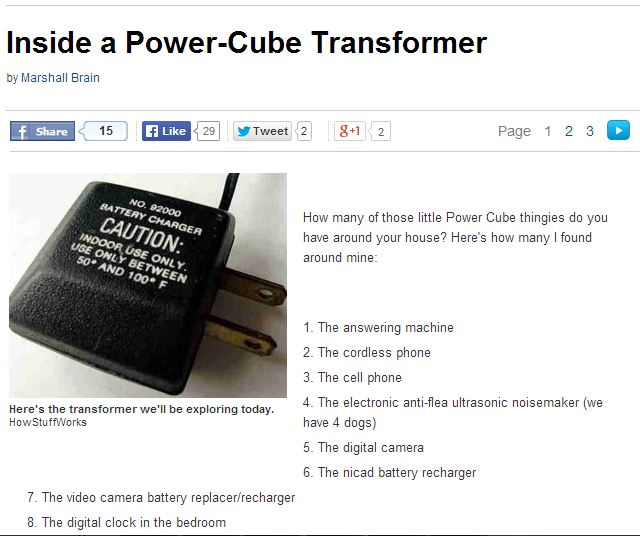
Any type of current flow creates a proportional magnetic field, and DC current transducer products measure this generated field using Hall Effect technology. Hall Effect is defined as the generation of a magnetic field perpendicular to the current and a voltage difference across an electrical conductor transverse to an electrical current in the conductor.
This article discusses how Hall Effect devices work, their limitations, and how they can be improved.Understanding Hall Effect devicesA Hall Effect-based transducer, such as the one contained in a RōCoil TCA-5-HV-KIT, is generally composed of a signal conditioning circuitry, a core, and a Hall Effect device.
http://blog.aimdynamics.com/dc-current-transducer-products-new-upgraded-hall-effect-technology/










